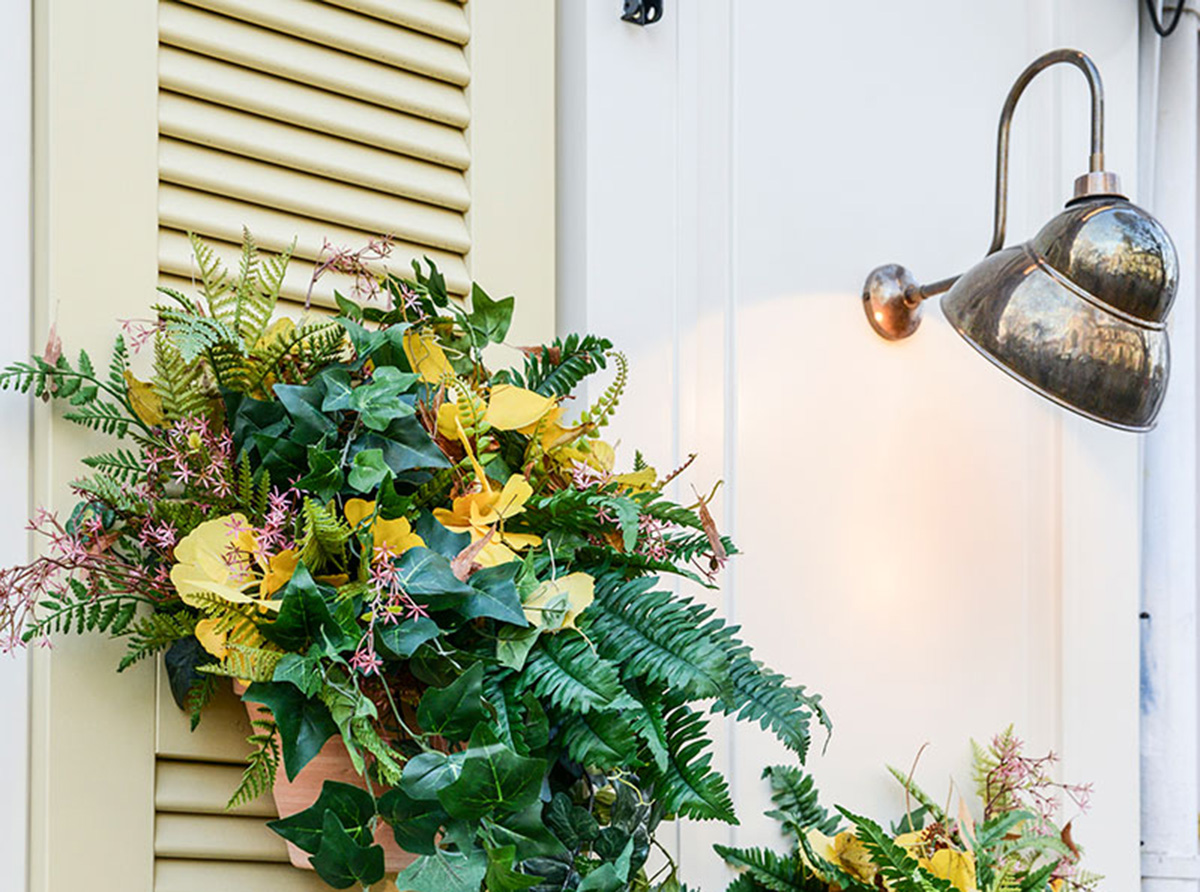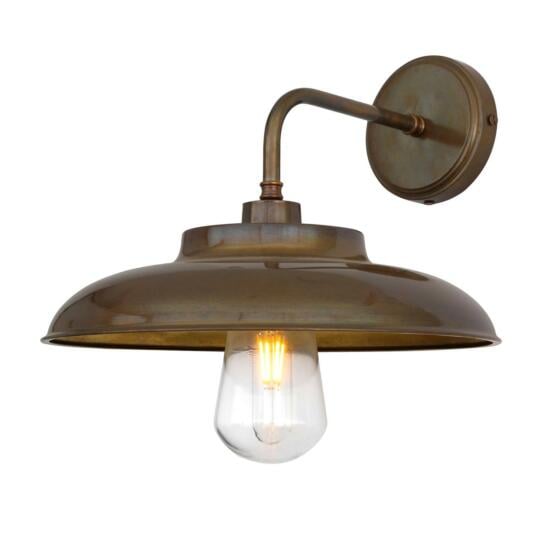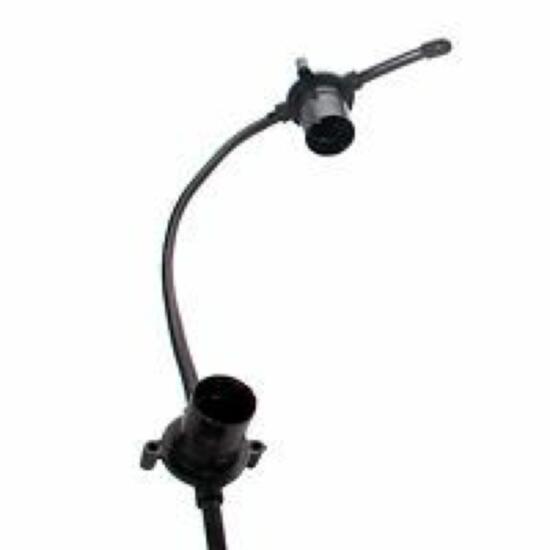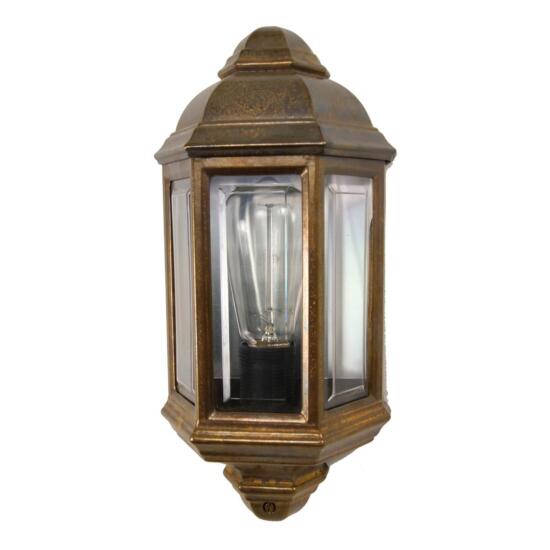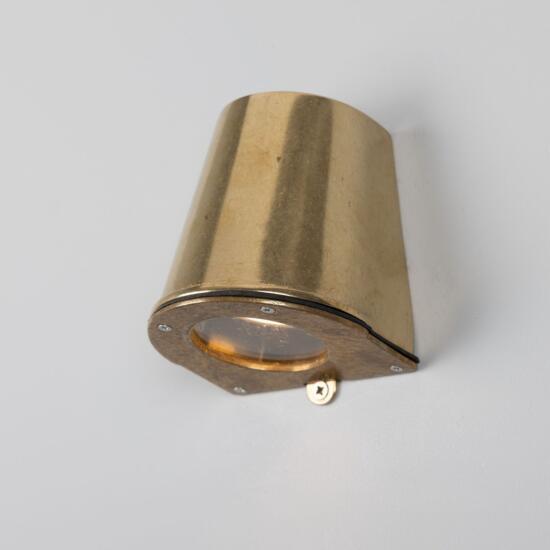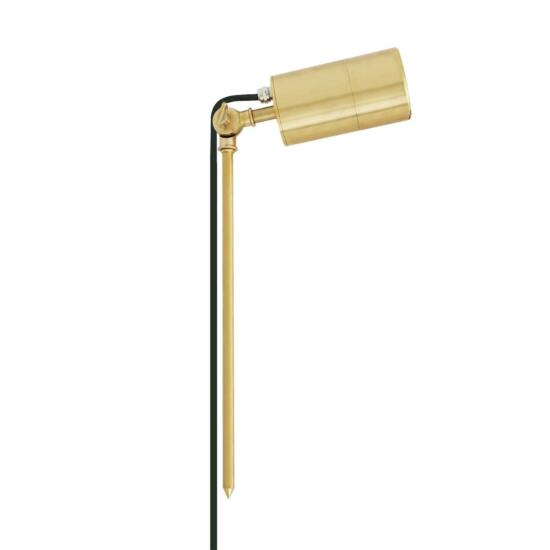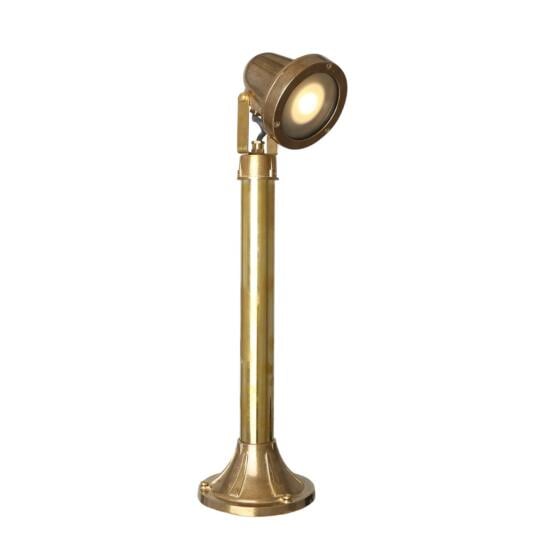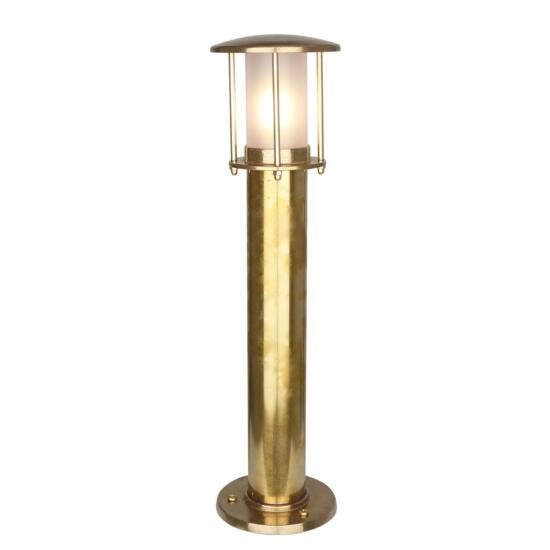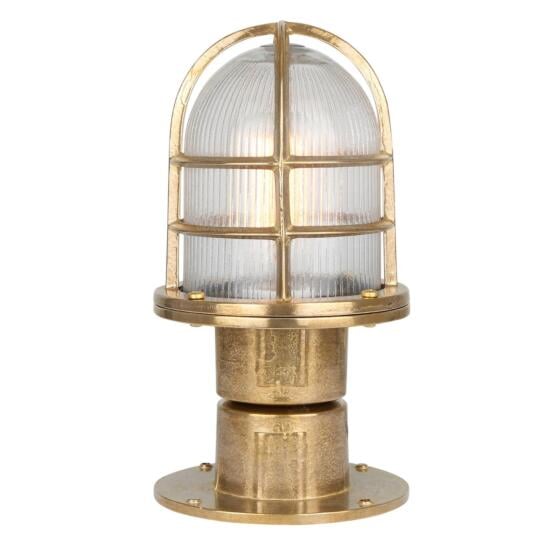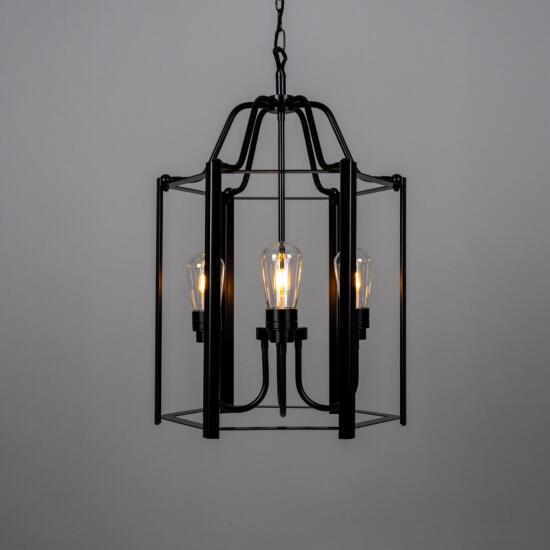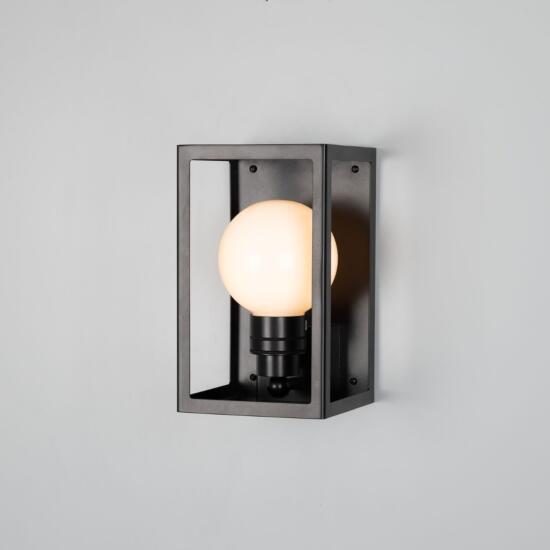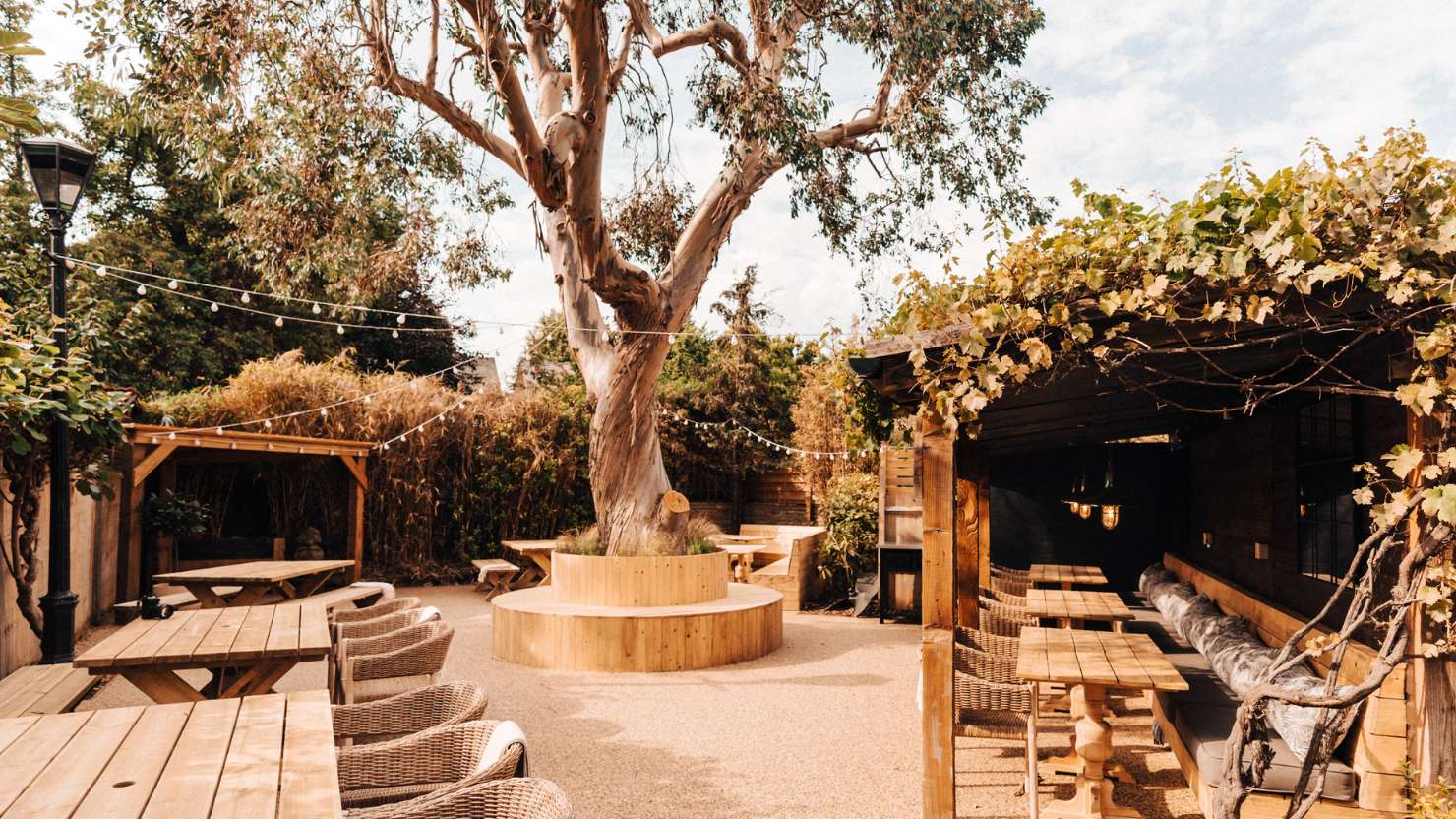
Illuminating Your Garden: A Guide to Outdoor Lighting
Transforming your garden with the right lighting not only boosts its beauty but also its functionality, making it a perfect retreat after dark. This guide delves into selecting and arranging outdoor lighting to create captivating spaces that are both inviting and practical. Whether you're looking to highlight a garden path, illuminate a gathering area, or accentuate your favorite outdoor features, our comprehensive approach will light the way to achieving an outdoor ambiance that extends the enjoyment of your garden into the evening hours.
Understanding Outdoor Lighting
Outdoor lighting is not just about illuminating spaces; it's about creatively enhancing your garden's beauty and functionality. By diving into the nuances of ambient, task, and accent lighting, we unlock the potential to transform ordinary outdoor areas into mesmerizing retreats. This understanding is crucial as we explore strategic planning, innovative applications, and the art of layered lighting. Each aspect plays a vital role in designing outdoor spaces that are not only practical and safe but also dynamically beautiful. Let's delve into how combining these lighting strategies can elevate your garden into a captivating haven for all occasions.


Mastering Layered Lighting in Your Garden
Layered lighting is a technique that combines ambient, task, and accent lighting to create a balanced and dynamic outdoor space. It involves strategically placing different types of lighting to ensure areas are well-lit for safety and functionality while also highlighting architectural features or garden elements for aesthetic appeal. This approach allows for versatility in garden design, enabling spaces to be adaptable for various occasions, from quiet evenings at home to lively gatherings, enhancing both the beauty and usability of your garden.
- Ambient Lighting, also known as general lighting, provides overall illumination to a space, making it safe and comfortable to navigate. It sets the foundational layer of lighting and establishes the mood or atmosphere of the outdoor area. For example, to create a soft, inviting glow, festoon lights can be draped around the garden, casting a gentle light that envelops the area in warmth. Similarly, wall-mounted garden lights can softly illuminate patio spaces or garden perimeters, creating a serene ambiance perfect for relaxing evenings outdoors.
- Task Lighting is focused and brighter, designed to facilitate specific activities such as cooking, reading, or walking safely along paths. It targets areas where more intense light is needed to perform tasks comfortably and safely. For example, bollard lights installed along pathways illuminate the walkway, ensuring safe passage through the garden at night. Bulkhead lights mounted near outdoor kitchens or grilling areas provide concentrated illumination that aids in cooking and preparation tasks without straining the eyes.
- Accent Lighting is used to highlight architectural features, garden elements, or artwork, drawing attention to specific points of interest and adding depth and dimension to the outdoor space. It's strategic, often more dramatic, and used to create focal points within the garden. For example, spotlights can be directed at statues, water features, or a particularly striking tree, accentuating their forms and textures. This type of lighting not only highlights the beauty of garden features but also adds a layer of sophistication and drama, enhancing the overall aesthetic appeal of the garden.
Layered lighting promotes a harmonious balance, making your outdoor areas inviting and usable at any hour. As you plan your garden lighting, consider the specific needs of each space and how combining these lighting types can achieve the desired ambiance and functionality. The goal is to create an enchanting garden environment where every light serves a purpose, contributing to a cohesive whole that's greater than the sum of its parts.
Strategic Planning
Strategic planning for garden lighting involves assessing your space to identify key features, paths, and areas requiring illumination. Consider how different lighting types—ambient, task, and accent—can work together to enhance safety, functionality, and aesthetics. Planning ensures a cohesive look that complements your garden's design and meets your practical needs, creating a versatile outdoor environment suitable for various activities and occasions.
Craft a Welcoming Ambiance
Patios: Ambient lighting on patios can transform the space into a serene retreat for relaxation or dining. Consider installing mains powered garden lights with dimming capabilities to adjust the ambiance as needed. Soft, warm lights can create a cozy atmosphere, while LED strips installed under patio furniture or along the edges can define the space elegantly.
Fences: Lighting up your fences not only enhances security but also adds depth to your garden at night. Solar-powered lights affixed at intervals along the fence line provide a gentle glow, marking boundaries and framing your garden. For a more dramatic effect, use garden spike lights at the base of the fence to cast intriguing shadows and highlight textures.
Highlight Natural and Architectural Beauty
Houses: Strategic lighting can showcase your home’s architecture and make it a standout feature of your landscape. Use uplighting for a dramatic effect on walls or architectural details, and consider downlighting from eaves to mimic moonlight, adding depth and character. For a welcoming entrance, bollard lights or wall-mounted fixtures next to the door can combine functionality with aesthetic appeal.
Trees: Illuminate trees to take advantage of their natural beauty and structure. Uplighting can dramatize a tree's texture and form, while downlighting from within the canopy can create a soft, moonlit effect. For a festive or whimsical touch, wrap string lights around branches or trunks, turning trees into focal points that enchant and delight.


Outdoor lighting planning checklist
- Identify key features, paths, and areas that need illumination.
- Determine the types of lighting needed (ambient, task, accent) for each area.
- Consider mains powered garden lights for permanent fixtures or solar-powered lights for flexibility and eco-friendliness.
- Plan for installation, keeping in mind whether DIY or professional help is required.
- Evaluate IP ratings to ensure the chosen fixtures can withstand outdoor conditions.
Innovative Lighting Applications
Exploring innovative lighting applications means creatively integrating lights into your garden in unique ways. Consider solar-powered lights for eco-friendly path illumination, LED strips under benches for a modern glow, or motion-sensor lights for security and convenience. Diverse applications like these not only serve practical purposes but also introduce dynamic visual elements to your garden, enhancing its appeal and functionality without repeating the same lighting solutions.
Using Sensors
Integrating sensors not only enhances the functionality of your garden lighting but also contributes to energy efficiency and security. Whether you're automating your garden lighting for convenience, safety, or efficiency, incorporating the right types of sensors can transform your outdoor space into a smart, responsive environment.
Motion sensors activate lights automatically when they detect movement, making them ideal for security and convenience. They can deter intruders and provide illumination only when needed, saving energy. Perfect for entryways, walkways, and dark corners of your garden, motion sensor lights ensure illumination is on-demand, reducing the need for continuous lighting throughout the night.
Light sensors, or photocells, automatically adjust outdoor lighting based on the ambient light levels. As daylight fades, these sensors trigger the lights to turn on, and as dawn approaches, they turn them off. This functionality is particularly useful for garden paths, patio areas, and other outdoor spaces that benefit from dusk-to-dawn lighting, ensuring your garden is lit when necessary and conserving energy when it's not. They also can be used in conjunction with dimmable bulbs to automatically adjust light intensity as natural light changes.
Proximity sensors are similar to motion sensors but with a focus on detecting the presence of an object or person within a certain range rather than motion. They can be used for specialized lighting effects or for areas where continuous motion detection is not needed.
Timer Controls, while not sensors in the traditional sense, timer controls allow you to schedule when lights turn on and off, offering another layer of automation and control over your garden lighting.
Solar vs Mains Outdoor Lighting
| Feature | Solar-Powered Lighting | Mains Powered Garden Lights |
|---|---|---|
| Installation | Easy to install without wiring. | Usually requires professional installation for wiring. |
| Reliability | Depends on sunlight for charging; may be less reliable in cloudy conditions. | Provides consistent and reliable lighting regardless of weather. |
| Flexibility | Can be easily moved and placed in different locations. | Fixed installation; not easily moved once installed. |
| Eco-Friendliness | Powered by renewable energy. | Consumes electricity, but can be paired with energy-efficient bulbs. |
| Brightness & Duration | Generally less bright and has limited duration, depending on sunlight exposure. | Brighter and can provide continuous lighting as needed. |
Ambient Lighting: Solar-powered lights are excellent for creating a welcoming, ambient glow in gardens, especially in areas where soft lighting is sufficient. Their easy installation and eco-friendliness make them ideal for enhancing the overall mood of an outdoor space. On the other hand, mains powered lights, with their consistent brightness, are also suitable for ambient lighting, especially in areas that require continuous illumination.
Task Lighting: For areas that need clear, focused light, such as pathways or workspaces, mains powered garden lights are the superior choice. Their reliability and intensity ensure that these areas are safely illuminated, making navigation and tasks easier during the evening hours.
Accent Lighting: While solar-powered lights can offer the flexibility needed to highlight garden features without the constraints of wiring, mains powered lights provide the consistent and powerful illumination required to accentuate specific elements of your garden effectively. The choice between solar and mains for accent lighting will largely depend on the specific requirements of the feature being highlighted, including brightness and duration of illumination.
The Importance of IP Ratings
Selecting the right IP rating for outdoor lighting is crucial for ensuring durability and functionality in various environmental conditions. IP44 fixtures are best for areas with minimal exposure to water, such as covered patios, offering protection against solid objects and splashing water. IP54 lights, providing a higher level of dust and water spray protection, suit semi-exposed spaces like garden edges. For areas directly in contact with the elements, IP65-rated fixtures are ideal, as they ensure complete dust tightness and protection against low-pressure water jets, perfect for pathways or flower beds. For completely submerged fixtures, like in ponds, IP68 is necessary, offering protection against continuous submersion and ensuring the longevity and safety of your lighting setup in all outdoor environments.


Installation and Maintenance
Professional Installation vs. DIY
Deciding between DIY and professional installation hinges on the project's complexity. DIY might be suitable for simple lighting setups, while professional help ensures safety, adherence to electrical standards, and optimal performance for more complex installations.
Maintenance for Longevity
Regular maintenance, including cleaning fixtures, replacing bulbs, and checking and cleaning seals to prevent water ingress, is crucial for the longevity and efficiency of your garden lighting. Such care ensures your lighting system remains in prime condition, adapting to seasonal changes and continuously enhancing the beauty and safety of your garden.
Wrapping up, this guide underscores the transformative effect of proper garden lighting, from selecting durable, IP-rated fixtures to suit every outdoor condition, to balancing DIY efforts with professional installation for complex setups. Regular maintenance, including cleaning and checking seals, ensures your lighting system enhances your garden's beauty and safety over time. Embracing these practices will illuminate your outdoor spaces, creating a welcoming and enchanting atmosphere.
Hero Image Credit: Designer - Elise Bowd - Beau Riley; Photographer - The Lord Nelson


